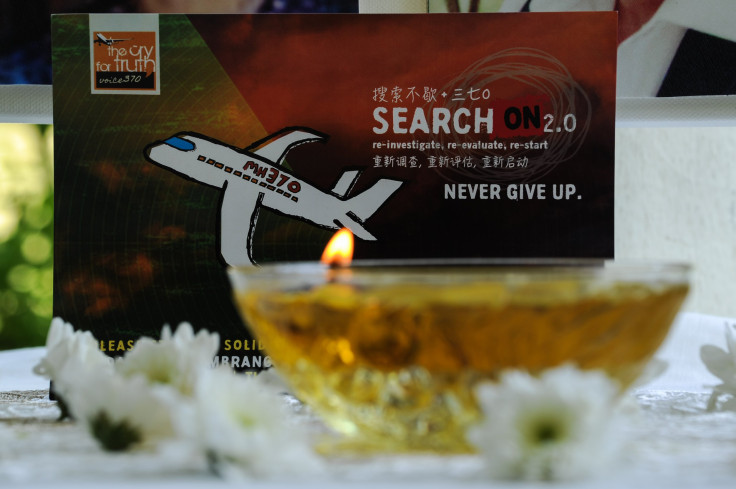Flight MH370 Update: ATSB Thwarts ‘False Assertions’ About Search Area, Pilot Suicide Route Theory

The Australian Transport Safety Bureau (ATSB), which is leading the search for the missing Malaysia Airlines Flight MH370, rejected recent reports surrounding the accuracy of the search area and a theory involving the pilot's deliberate actions for the plane's crash. The statement released Monday corrected "the inaccurate information and false assertions" made by Byron Bailey, a former pilot, in an article for the Australian newspaper.
Last week, reports surfaced that top searchers at the Dutch company Fugro, which is carrying out the underwater search for the missing plane in a remote part of the southern Indian Ocean, believe that they may be looking for the plane in the wrong area. ATSB said that Fugro has publicly denied this claim.
"Fugro wishes to make it very clear that we believe the search area to have been well defined based on all of the available scientific data. In short, we have been thoroughly looking in the most probable place — and that is the right place to search," Fugro said in a statement.
ATSB also rejected a report that came out over the weekend stating that FBI data from Flight MH370 captain Zaharie Ahmad Shah’s home simulator shows that he plotted a course to the southern Indian Ocean and that it was a deliberate planned murder or suicide. However, the agency said that there is no evidence to support this claim.
However, ATSB reiterated Australian Infrastructure and Transport Minister Darren Chester's words in recent statement that the simulator information shows only the possibility of planning, and does not reveal the location of the aircraft.
ATSB also said in the statement Monday that the FBI data only provides a piece of information, but the evidence of the aircraft’s location is based on the last satellite communications with the aircraft.
The agency also refuted Bailey's claim that the ATSB rejects any possibility that Flight MH370’s disappearance was the result of a person taking control of the aircraft.
"For the purposes of its search, the ATSB has not needed to determine — and has made no claims — about what might have caused the disappearance of the aircraft. For search purposes, the relevant facts and analysis most closely match a scenario in which there was no pilot intervening in the latter stages of the flight. We have never stated that hypoxia (or any other factor) was the cause of this circumstance," ATSB said in the statement.
Several theories have made the rounds since Flight MH370 went missing on March 8, 2014, with 239 people on board while on its way from Kuala Lumpur to Beijing. A multimillion-dollar search for the plane that has been ongoing for over two years has so far yielded no concrete clues as to the plane's whereabouts. However, several pieces of debris have been recently found in areas close Mozambique, Madagascar and Mauritius that could likely be from the missing plane.
© Copyright IBTimes 2024. All rights reserved.











